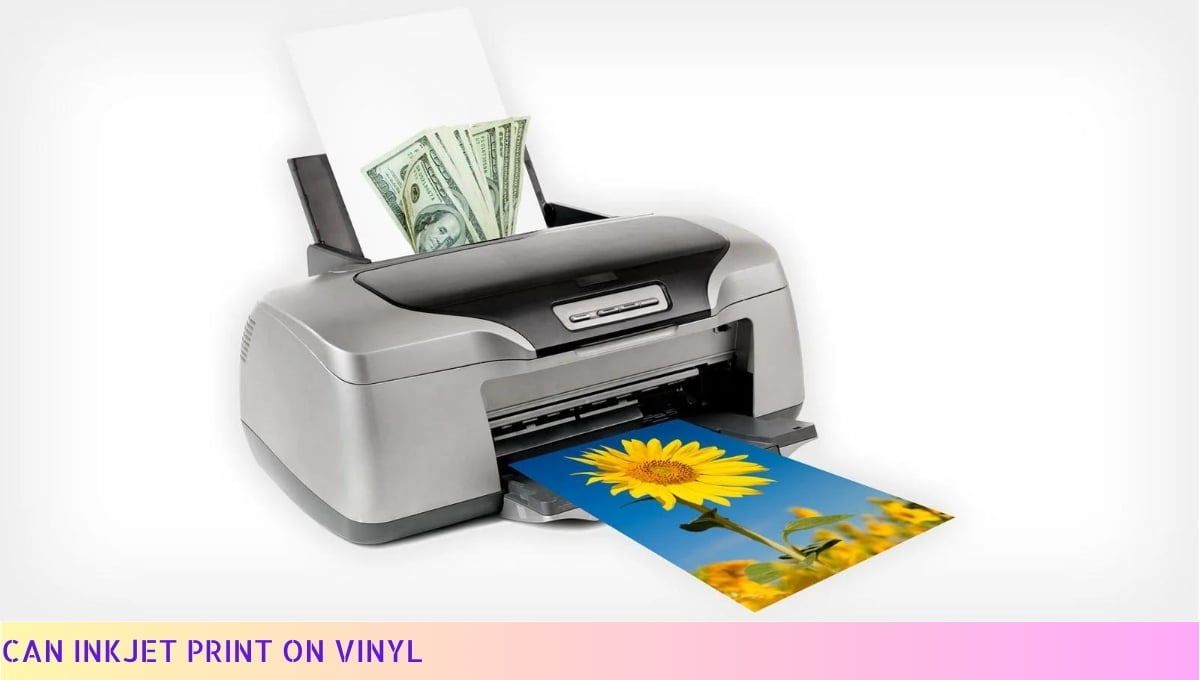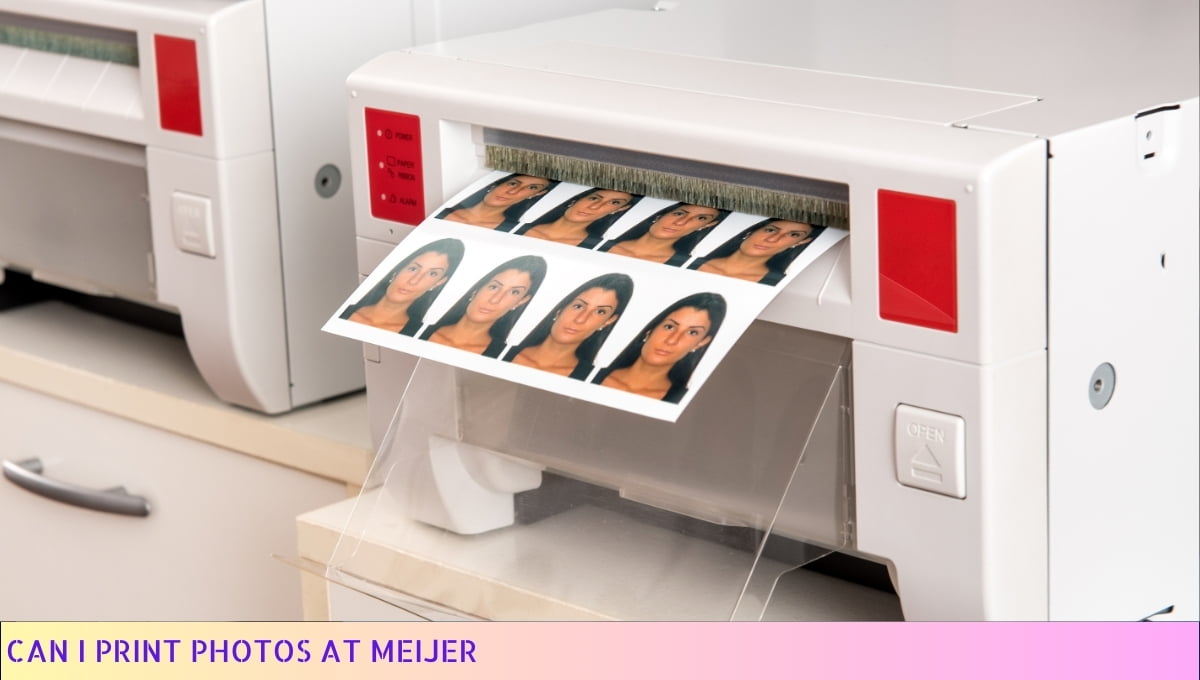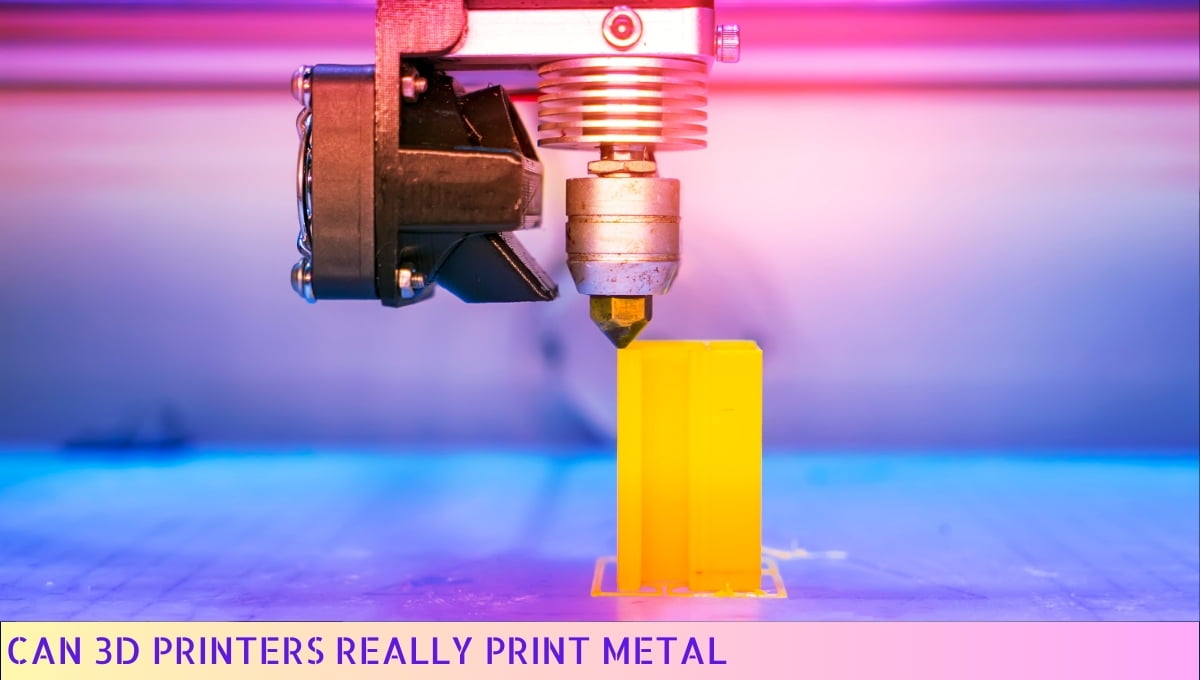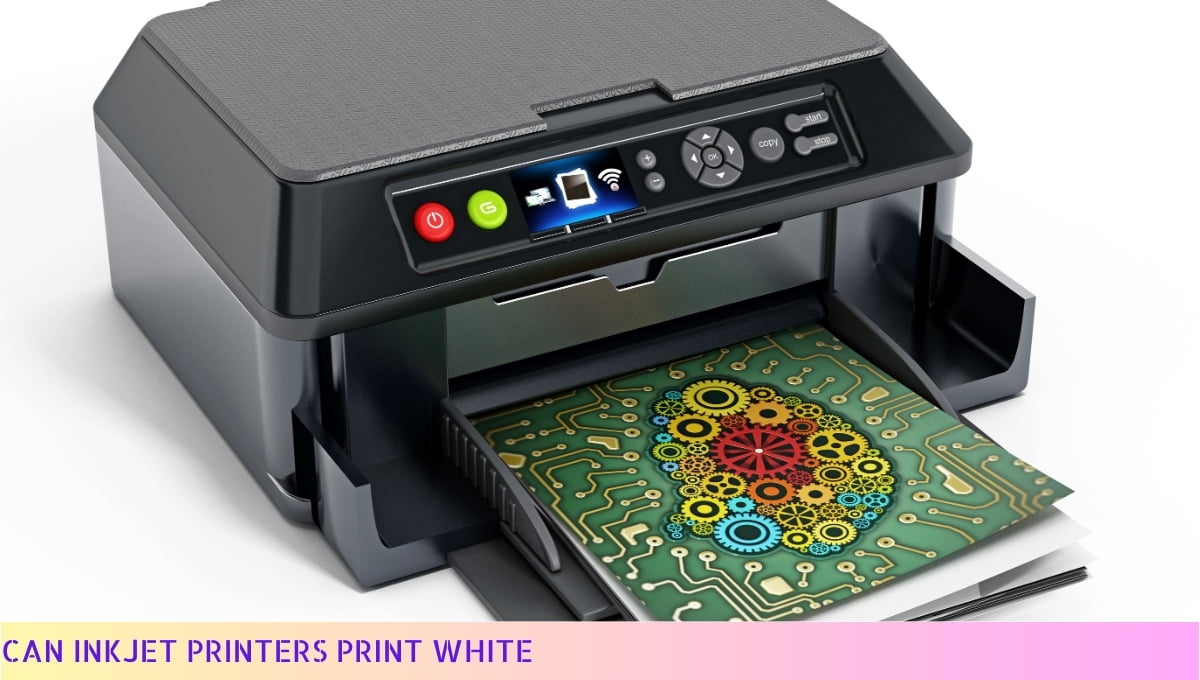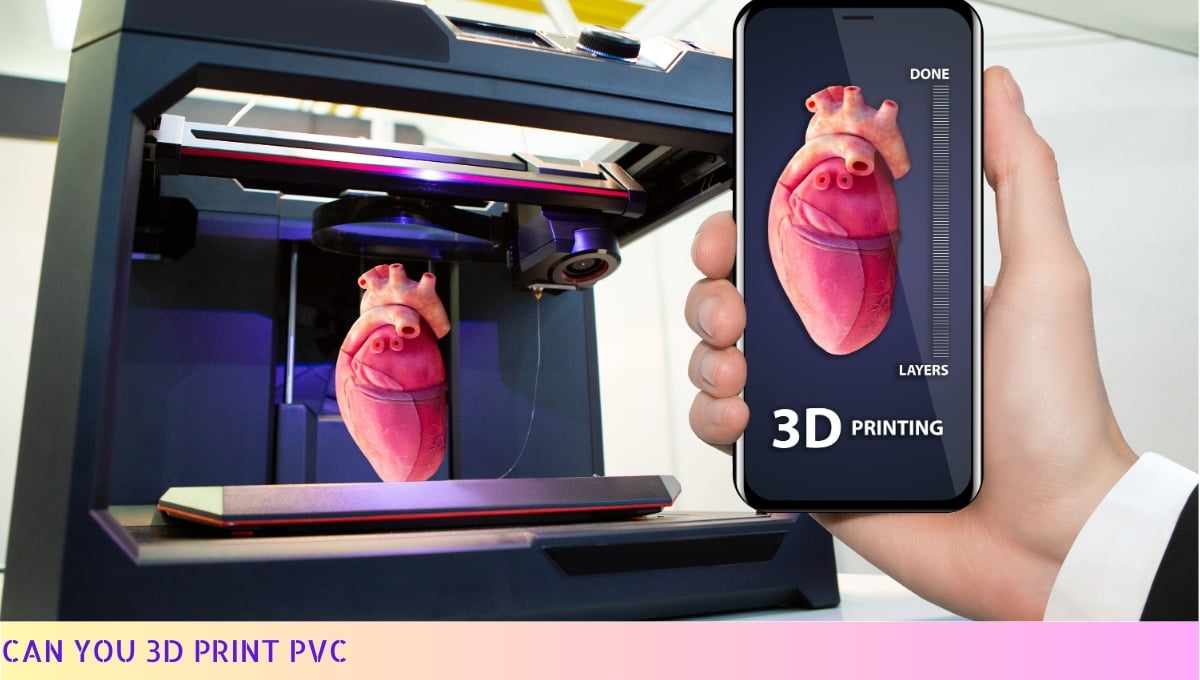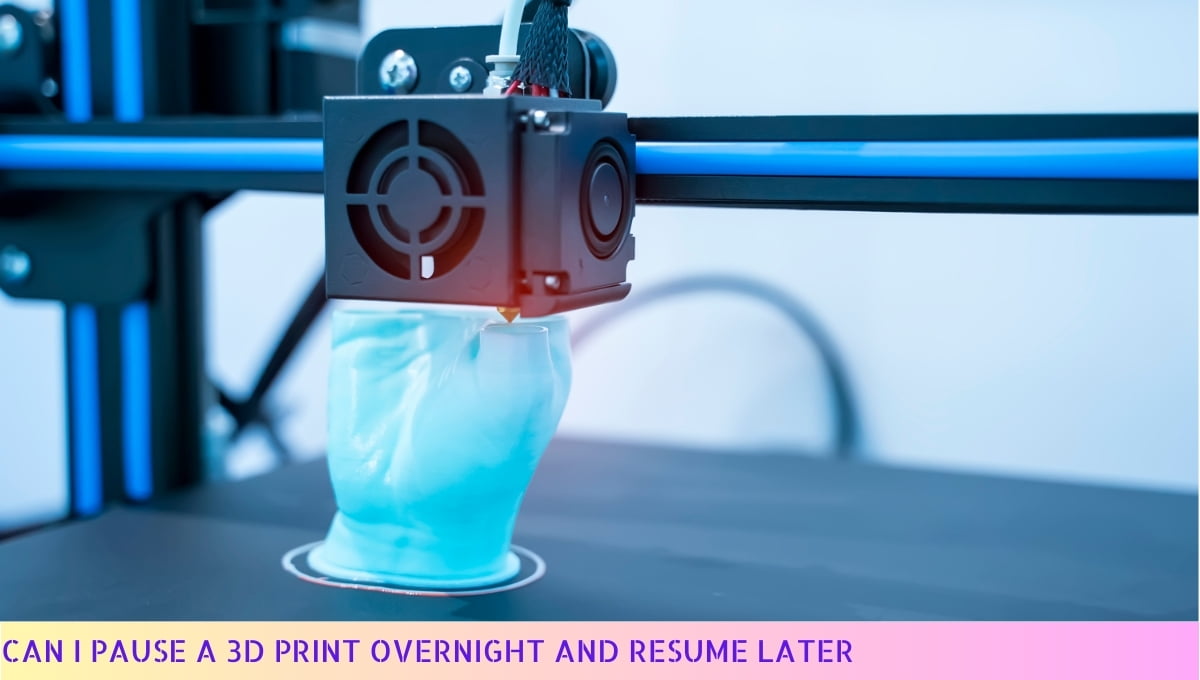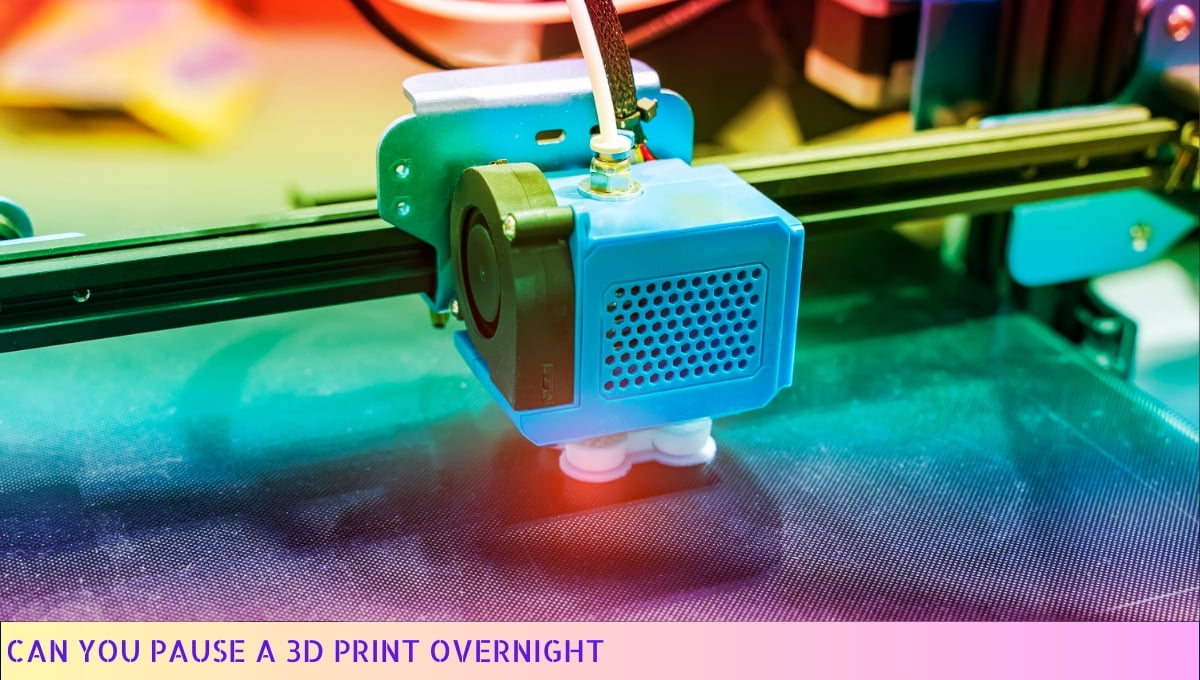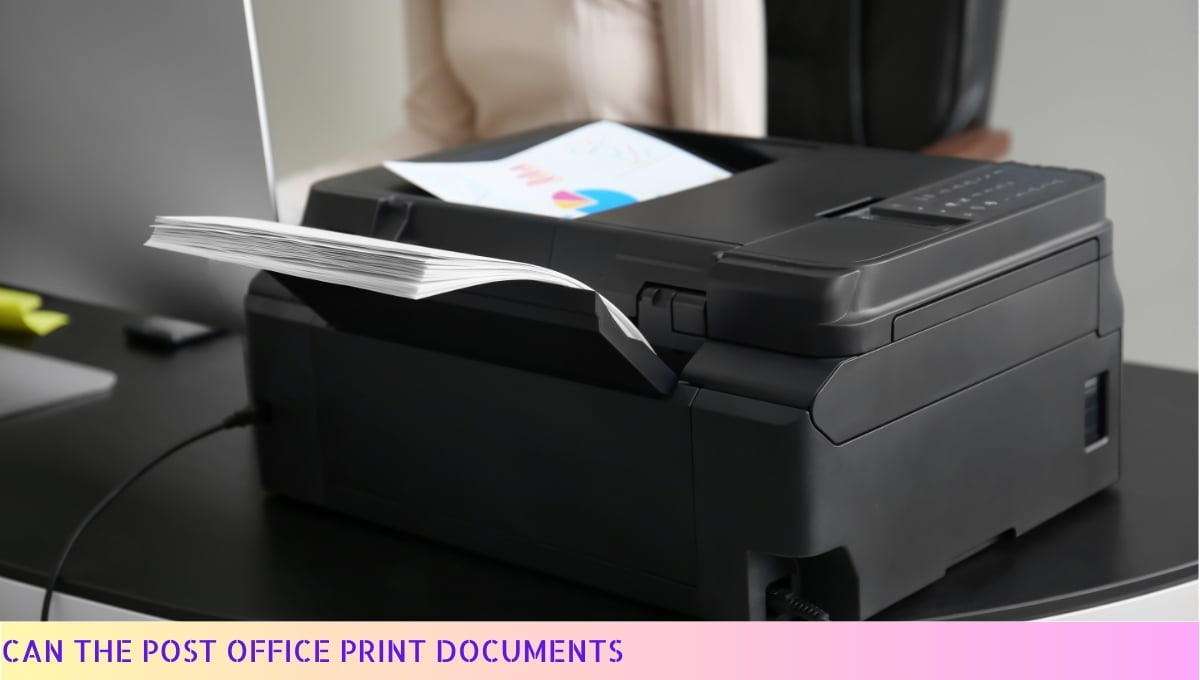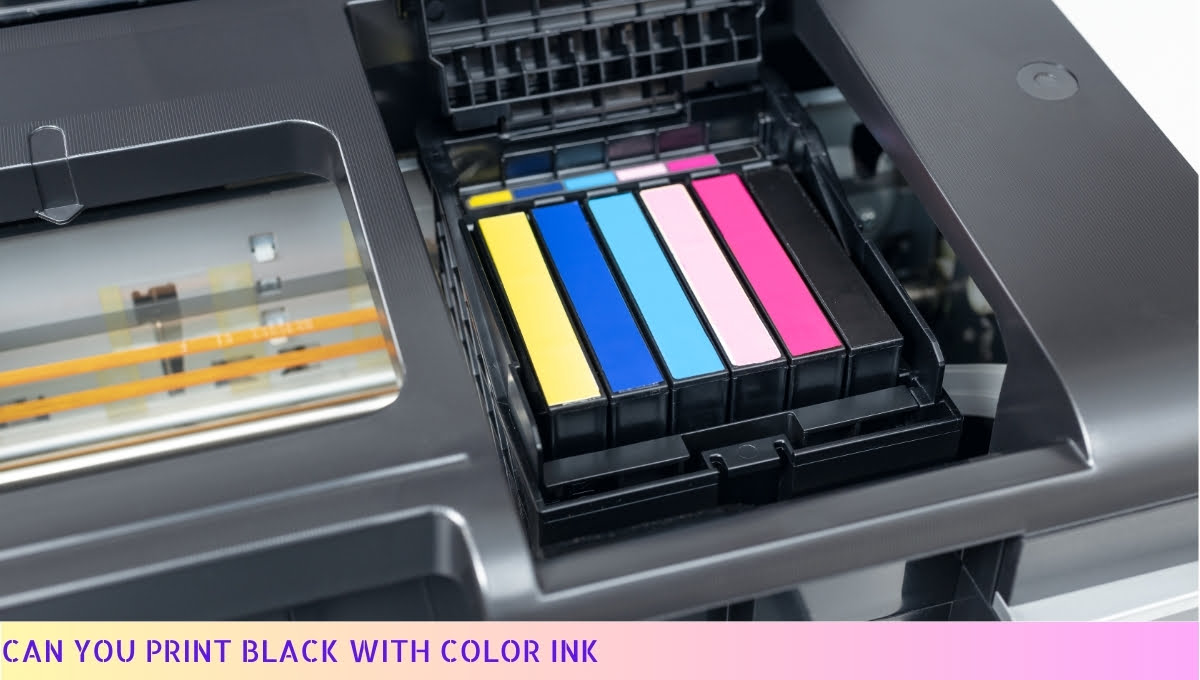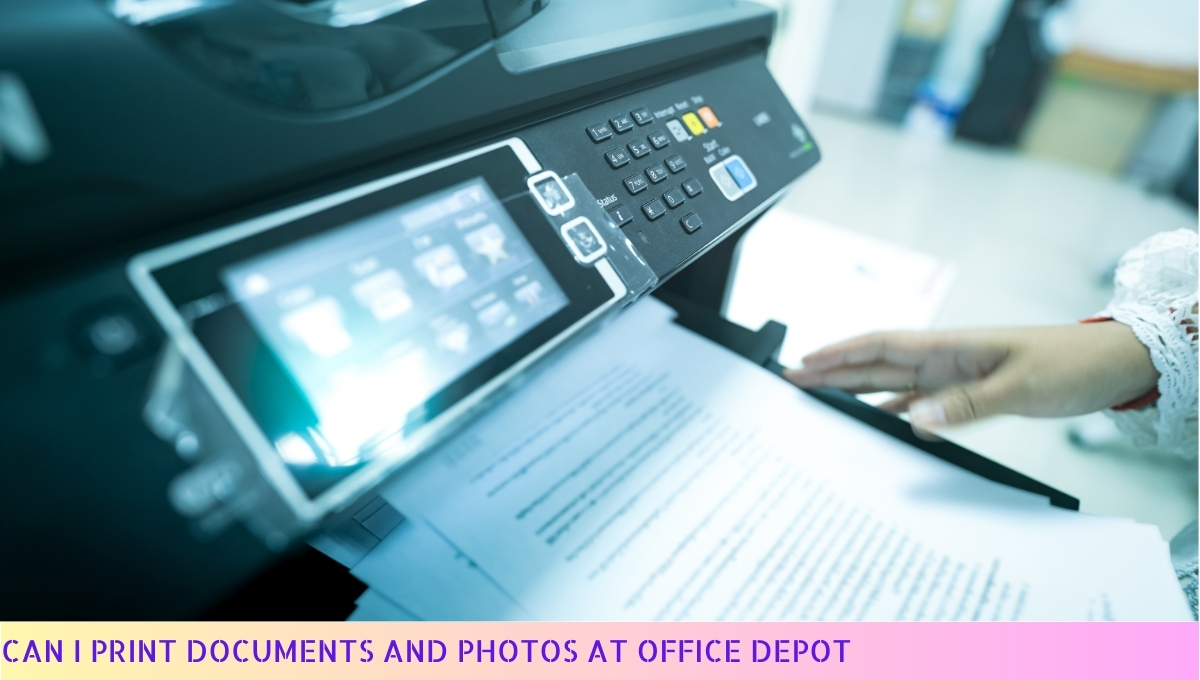Yes, inkjet printers can print on vinyl. Vinyl is a versatile material that can be used for various purposes, such as creating stickers, decals, and signs. Inkjet printers are capable of printing high-quality images and text on vinyl, making it a popular choice for DIY projects, advertising materials, and personalized items. However, it is important to use the correct type of ink and vinyl to ensure the best results and durability of the printed output.
Advantages of Inkjet Printing on Vinyl
When it comes to printing on vinyl, inkjet printing has its fair share of advantages. Let me break it down for you.
First and foremost, inkjet printing on vinyl offers vibrant and eye-catching colors. The ink is absorbed by the vinyl, resulting in rich and vivid prints that are sure to grab attention. Whether you’re creating signage, banners, or decals, inkjet printing will make your designs pop!
Another advantage is the versatility that inkjet printing on vinyl provides. Vinyl is a flexible material that can be used for both indoor and outdoor applications. It can withstand the elements, making it suitable for long-lasting outdoor signage. Plus, it can be easily cut into different shapes and sizes, giving you the freedom to create customized prints for any purpose.
Not only that, but inkjet printing on vinyl is also cost-effective. Compared to other printing methods, such as screen printing, inkjet printing requires fewer setup costs and can be done on-demand. This means you can print small quantities without breaking the bank. So whether you’re a small business owner or an individual looking to create personalized prints, inkjet printing on vinyl is a budget-friendly option.
Considerations for Inkjet Printing on Vinyl
Now that you know the advantages, let’s dive into some considerations when it comes to inkjet printing on vinyl.
One important factor to keep in mind is the type of ink you use. Solvent-based inks are commonly used for printing on vinyl as they provide excellent adhesion and durability. However, they do emit fumes and require proper ventilation during the printing process. If you prefer a more environmentally friendly option, you can opt for water-based inks, although they may not offer the same level of durability.
Another consideration is the surface preparation of the vinyl. Before printing, it’s crucial to ensure that the vinyl is clean and free from any dust or debris. This will help the ink adhere better and prevent any smudging or blurring of the prints. You can use a mild detergent and a soft cloth to clean the surface before printing.
Steps for Inkjet Printing on Vinyl
Now that we’ve covered the considerations, let’s talk about the steps involved in inkjet printing on vinyl.
Step 1: Design your artwork using graphic design software. Make sure to set the correct dimensions and resolution for your print.
Step 2: Load the vinyl into your inkjet printer. Ensure that the vinyl is properly aligned and secured in place to avoid any misprints.
Step 3: Adjust the printer settings according to the type of vinyl and ink you’re using. Consult the printer’s manual or the ink manufacturer’s recommendations for the best settings.
Step 4: Print a test page to check the colors and overall quality of the print. Make any necessary adjustments to the settings before proceeding.
Step 5: Once you’re satisfied with the test print, proceed to print your final artwork on the vinyl.
Tips for Achieving High-Quality Inkjet Prints on Vinyl
To ensure that you achieve high-quality inkjet prints on vinyl, here are some valuable tips:
1. Use high-resolution images: The higher the resolution, the sharper and more detailed your prints will be. Aim for a resolution of at least 300 dpi for optimal results.
2. Calibrate your printer: Regularly calibrating your printer will help maintain accurate colors and prevent any color shifts in your prints.
3. Allow sufficient drying time: After printing, give your prints enough time to dry completely before handling or applying any protective coating. This will prevent smudging or smearing of the ink.
4. Apply a protective coating: To enhance the durability of your prints, consider applying a clear protective coating. This will help protect the ink from fading due to UV exposure and increase the lifespan of your prints.
In conclusion, inkjet printing on vinyl offers numerous advantages, including vibrant colors, versatility, and cost-effectiveness. However, it’s important to consider factors such as ink type and surface preparation for optimal results. By following the steps and tips outlined above, you’ll be well on your way to achieving high-quality inkjet prints on vinyl. So go ahead and let your creativity shine!
Considerations for Inkjet Printing on Vinyl
When it comes to inkjet printing on vinyl, there are a few important considerations to keep in mind. These factors can greatly impact the quality and longevity of your prints. So, let’s dive right in and take a closer look at what you need to consider:
- Choose the Right Vinyl: Not all vinyl materials are created equal. It’s crucial to select a high-quality vinyl that is specifically designed for inkjet printing. This ensures optimal ink absorption and prevents smudging or fading over time.
- Surface Preparation: Before printing, make sure the vinyl surface is clean, smooth, and free from any dust or debris. This helps to achieve a crisp and vibrant print. You can use a mild detergent or a specialized vinyl cleaner to prepare the surface.
- Printer Compatibility: Ensure that your printer is compatible with vinyl printing. Some printers may require specific settings or adjustments to accommodate the thickness and texture of the vinyl material. Check the printer’s manual or consult the manufacturer for guidance.
- Ink Selection: Choosing the right ink is crucial for achieving high-quality prints on vinyl. Pigment-based inks are generally recommended for their excellent color vibrancy and resistance to fading. Consult your printer’s manual or the ink manufacturer’s guidelines to ensure compatibility.
- Color Calibration: Calibrating your printer is essential to ensure accurate color reproduction. Use the printer’s built-in calibration tools or consider investing in a color calibration device for precise color matching.
- Drying Time: Allow sufficient drying time for the prints before handling or laminating them. Different inks and vinyl materials may require varying drying times. Follow the ink manufacturer’s recommendations to avoid smudging or damage.
- Lamination: Consider laminating your printed vinyl for added protection and durability. Lamination helps to shield the prints from UV rays, moisture, and abrasion, prolonging their lifespan and maintaining their vibrant appearance.
By considering these important factors, you can ensure that your inkjet prints on vinyl turn out vibrant, long-lasting, and of the highest quality. So, keep these considerations in mind and let your creativity shine through your vinyl prints!
Steps for Inkjet Printing on Vinyl
Printing on vinyl using an inkjet printer can be a breeze if you follow these simple steps:
- Prepare your workspace: Start by clearing a clean and well-lit area where you can comfortably work on your vinyl prints. Ensure that your printer is in good working condition and that you have all the necessary supplies at hand.
- Select the right vinyl: Not all vinyl is created equal, so it’s important to choose a vinyl material that is compatible with inkjet printing. Look for vinyl specifically designed for inkjet printers, as it will have a coating that helps the ink adhere better to the surface.
- Prepare your design: Use a graphic design software or an online design tool to create or customize your artwork. Make sure to set the correct dimensions and resolution for your vinyl print. Consider using high-resolution images for sharp and vibrant prints.
- Load the vinyl: Carefully load the vinyl into your inkjet printer’s paper tray or manual feed slot. Ensure that the vinyl is properly aligned and that it doesn’t get wrinkled or bent during the loading process.
- Adjust printer settings: Open the printer settings on your computer and select the appropriate options for printing on vinyl. Choose the correct paper type, print quality, and color settings to optimize your print results. Don’t forget to check if your printer has a special vinyl printing mode or settings.
- Print a test page: Before printing your final design, it’s always a good idea to do a test print on a regular sheet of paper. This allows you to check the colors, alignment, and overall quality of the print. Make any necessary adjustments before proceeding.
- Print your vinyl design: Once you’re satisfied with the test print, it’s time to print your design on the vinyl. Click the print button and wait for the magic to happen. Keep an eye on the printing process to ensure that everything is running smoothly.
- Allow the print to dry: After the printing is complete, give the vinyl print some time to dry. This will prevent smudging or smearing of the ink. Avoid touching the print until it’s completely dry to maintain its quality.
- Trim and finish: Once the print is dry, carefully trim any excess vinyl around the design using a sharp pair of scissors or a cutting tool. Take your time and be precise to achieve clean and professional-looking edges. If desired, apply a laminate or clear coat to protect the print and enhance its longevity.
By following these steps, you’ll be well on your way to creating high-quality inkjet prints on vinyl. Remember to always double-check your printer settings and choose the right vinyl material for optimal results. Happy printing!
Tips for Achieving High-Quality Inkjet Prints on Vinyl
So, you’ve decided to venture into the world of inkjet printing on vinyl. Good choice! With its versatility and durability, vinyl is a fantastic medium for all sorts of projects. But how do you ensure that your inkjet prints on vinyl come out looking top-notch? Well, fear not! I’ve got some handy tips to help you achieve high-quality results.
1. Choose the Right Vinyl
The first step to success is selecting the right vinyl for your printing needs. Make sure to choose a vinyl specifically designed for inkjet printing. These types of vinyl have a special coating that allows the ink to adhere properly, resulting in vibrant and long-lasting prints. Don’t settle for just any vinyl – go for the one that’s made for the job!
2. Calibrate Your Printer
Before you hit that print button, take a moment to calibrate your printer. Proper calibration ensures that the colors come out accurately and that your prints have the desired sharpness. Consult your printer’s manual or online resources to find out how to calibrate it effectively. Trust me, this small step can make a big difference in the quality of your prints.
3. Use High-Quality Ink Cartridges
The ink cartridges you use can significantly impact the quality of your prints. Invest in high-quality ink cartridges that are specifically formulated for your printer model. Generic or low-quality inks may result in faded colors, streaks, or smudges. Don’t skimp on ink – it’s worth the investment for those vibrant and flawless prints.
4. Optimize Image Resolution
To achieve crisp and clear prints, it’s essential to use high-resolution images. Low-resolution images can appear pixelated or blurry when printed. Aim for an image resolution of at least 300 dots per inch (DPI) to ensure sharp details and smooth color transitions. Remember, a high-quality image equals a high-quality print!
5. Allow Proper Drying Time
Once your prints are done, give them ample time to dry before handling or applying any protective coatings. Inkjet prints on vinyl can take longer to dry compared to other surfaces. Follow the manufacturer’s recommendations for drying time to prevent smudging or smearing. Patience is key when it comes to achieving flawless results!
6. Apply a Protective Coating
To enhance the longevity of your inkjet prints on vinyl, consider applying a protective coating. There are various options available, such as clear vinyl laminate or UV-resistant sprays. These coatings not only safeguard your prints from scratches and fading but also add a professional touch to your final product.
7. Test and Experiment
Don’t be afraid to experiment and test different settings, materials, and techniques. Every printer and vinyl combination can yield slightly different results. Take the time to explore and find what works best for you. Keep a record of your settings and materials for future reference. Remember, practice makes perfect!
With these tips in your arsenal, you’re well on your way to producing high-quality inkjet prints on vinyl. So, roll up your sleeves, get creative, and let your imagination run wild. The possibilities are endless!
Can Inkjet Print On Vinyl – FAQs
1. Can inkjet printers print on vinyl?
Yes, inkjet printers can print on vinyl. However, it is important to use a printer that is specifically designed for printing on vinyl materials.
2. What type of ink should I use for printing on vinyl?
You should use solvent-based inks or UV-curable inks for printing on vinyl. These inks are designed to adhere to vinyl surfaces and provide long-lasting prints.
3. Is it necessary to use a special vinyl material for inkjet printing?
Yes, it is recommended to use vinyl materials that are specifically designed for inkjet printing. These materials have a coating that allows the ink to adhere properly and produce high-quality prints.
4. Can I print on any type of vinyl with an inkjet printer?
No, not all types of vinyl are suitable for inkjet printing. It is important to choose vinyl materials that are compatible with your printer and have a coating designed for inkjet printing.
5. Can I print full-color designs on vinyl with an inkjet printer?
Yes, inkjet printers are capable of printing full-color designs on vinyl. They can produce vibrant and detailed prints, making them ideal for various applications such as signage, stickers, and decals.
6. Can I use regular paper settings for printing on vinyl?
No, it is important to adjust the printer settings according to the vinyl material you are using. Vinyl requires different settings, such as higher print quality and slower printing speeds, to ensure optimal results.
7. Can I laminate the printed vinyl for added protection?
Yes, laminating the printed vinyl can provide added protection against UV rays, moisture, and abrasion. It helps to extend the lifespan of the print and maintain its quality over time.
8. How long does the ink on printed vinyl last?
The longevity of the ink on printed vinyl depends on various factors such as the quality of the ink, the type of vinyl used, and the environmental conditions. Generally, with proper care and protection, inkjet prints on vinyl can last for several years.
9. Can I use the printed vinyl outdoors?
Yes, printed vinyl is suitable for outdoor use. However, it is important to choose vinyl materials that are specifically designed for outdoor applications and provide UV resistance and durability.
10. Can I use the printed vinyl for vehicle graphics?
Yes, printed vinyl is commonly used for vehicle graphics. It can be applied to cars, trucks, and other vehicles to create eye-catching designs and advertisements.
Wrapping Up
Alrighty then, let’s wrap this up with a snappy SEO-friendly conclusion on the topic of inkjet printing on vinyl. Can it be done? You betcha! Inkjet printers are totally capable of putting their ink on vinyl surfaces. So, if you’re looking to create some eye-catching vinyl prints for your business or personal use, go ahead and give it a whirl. Just make sure you use the right ink and vinyl material to get the best results. With a little know-how and the right tools, you’ll be printing on vinyl like a pro in no time. Happy printing, folks!

